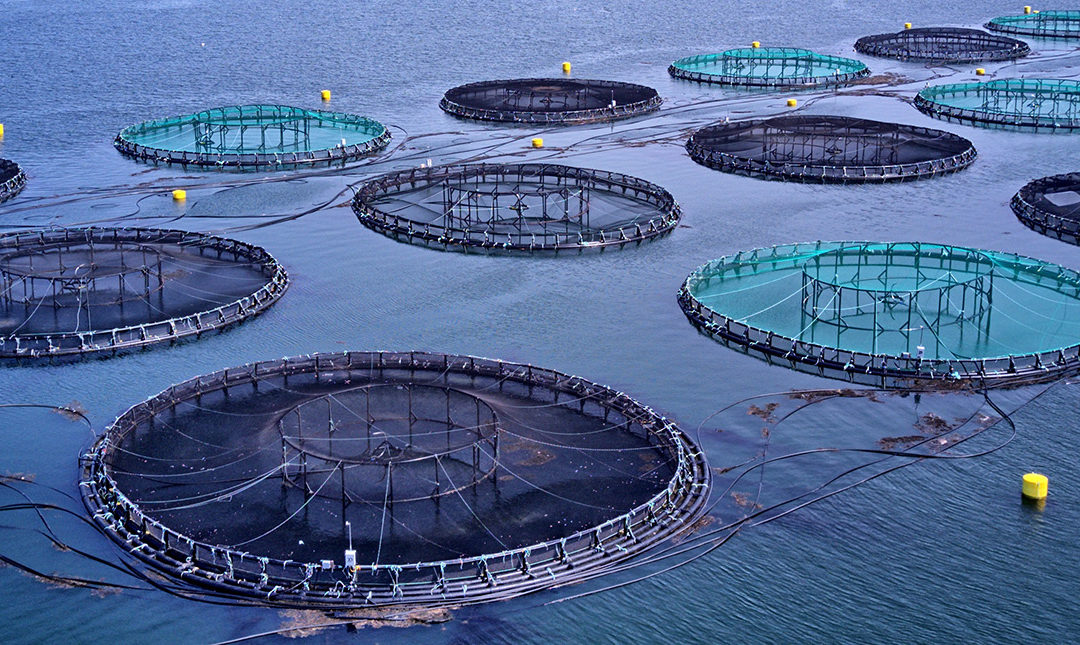The Science of Feeding the World
According to the Food and Agriculture Organization of the United Nations, approximately 4.5 billion people get a significant source of their daily protein intake from fish. But that doesn’t mean billions of people are at the pier every morning casting their line out into the ocean (although plenty certainly do). Nor does it mean that all that fish is being caught out in the wild by commercial fisheries (although plenty of it certainly is). What it does mean, however, is that farm-raised fish and seafood – through a process known as aquaculture – plays a vital and growing role in satisfying the world’s food demands.
Aquaculture is the process of farming fish, shellfish, and plants in aquatic environments. It can be through submersible pens in the ocean or artificial ponds hundreds of miles from the nearest natural body of water. Still, wherever and however it is done, the main goal of an aquaculturist is to increase production of whatever is being farmed (e.g., fish, shrimp, oysters, seaweed, etc.) beyond what is possible in nature. Aquaculture serves many different purposes, including the restoration of endangered species populations, wild stock population enhancement, fish habitat restoration, and the cultivation of exotic fish for aquariums, but its primary and most important purpose is food production. Approximately fifty percent of worldwide seafood consumption is raised via aquaculture. Because there has been such a steep decline in wild fish stocks, aquaculture is widely recognized as an increasingly important way to meet the seafood demands of a growing population. In fact, over thirty percent of wild fish stocks have already reached their biological limit because of destructive fishing practices and overfishing. As a result, aquaculture is the fastest-growing food production system globally.
To learn more about the science of aquaculture and to access Ocean Connect’s wide range of educational and career resources, please visit our Aquaculture snapshot.

